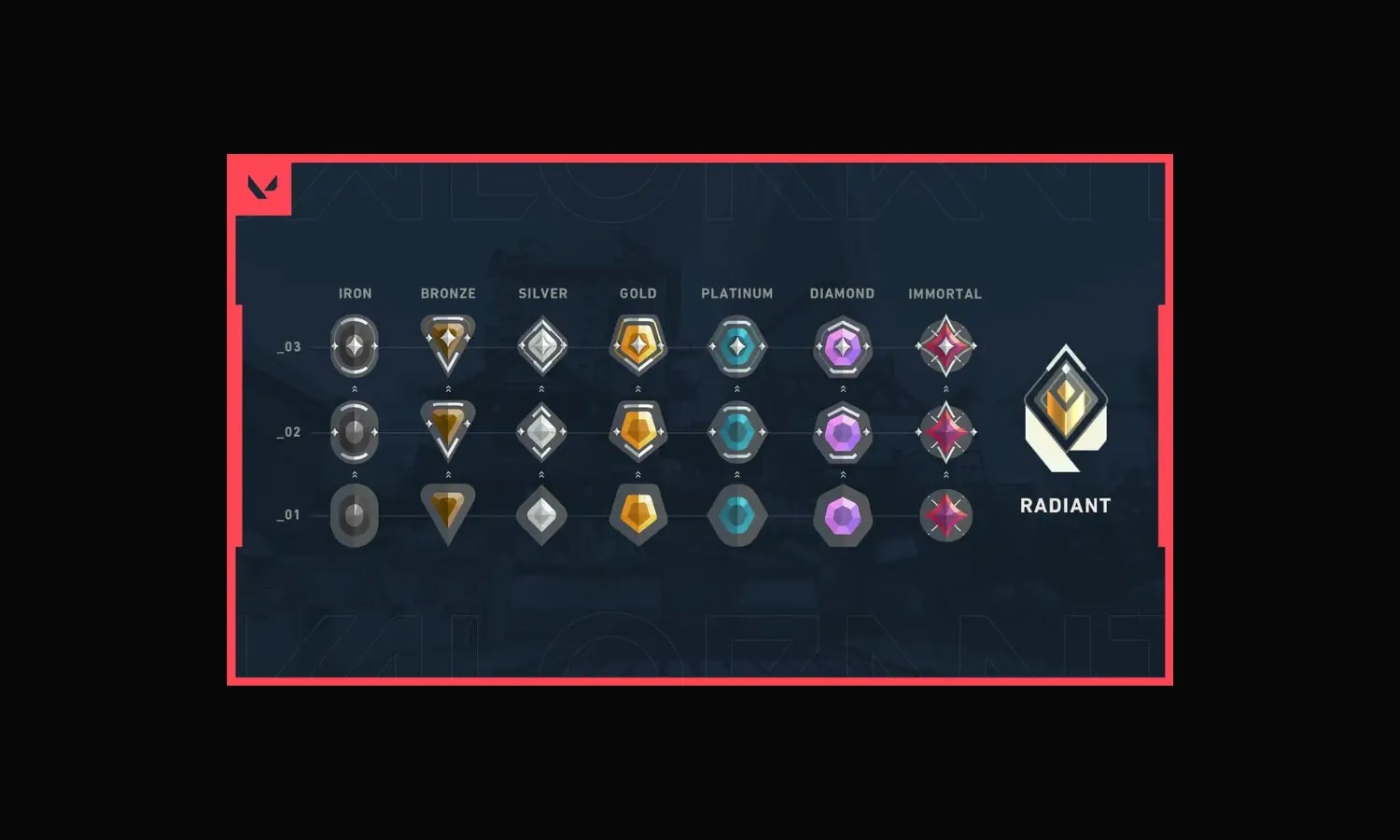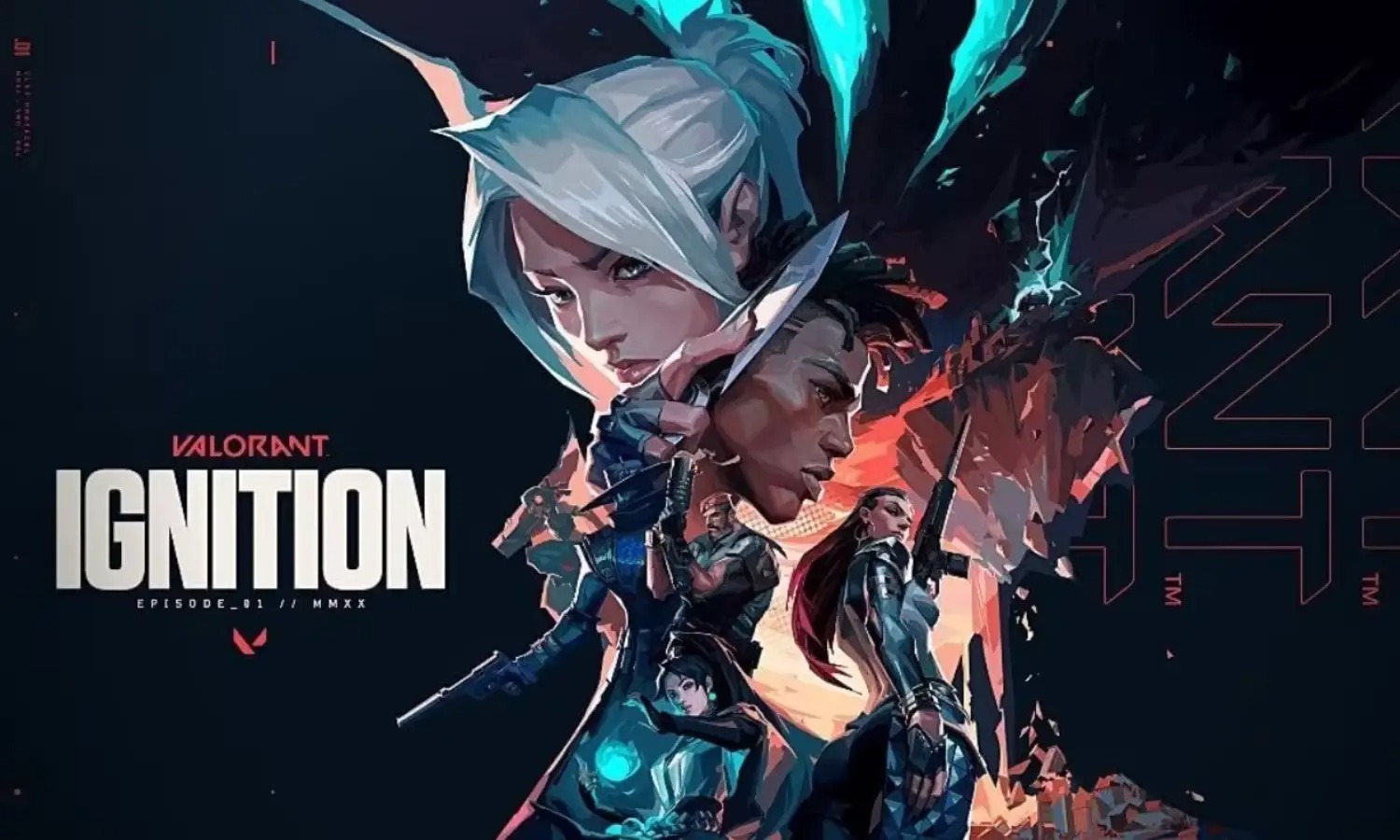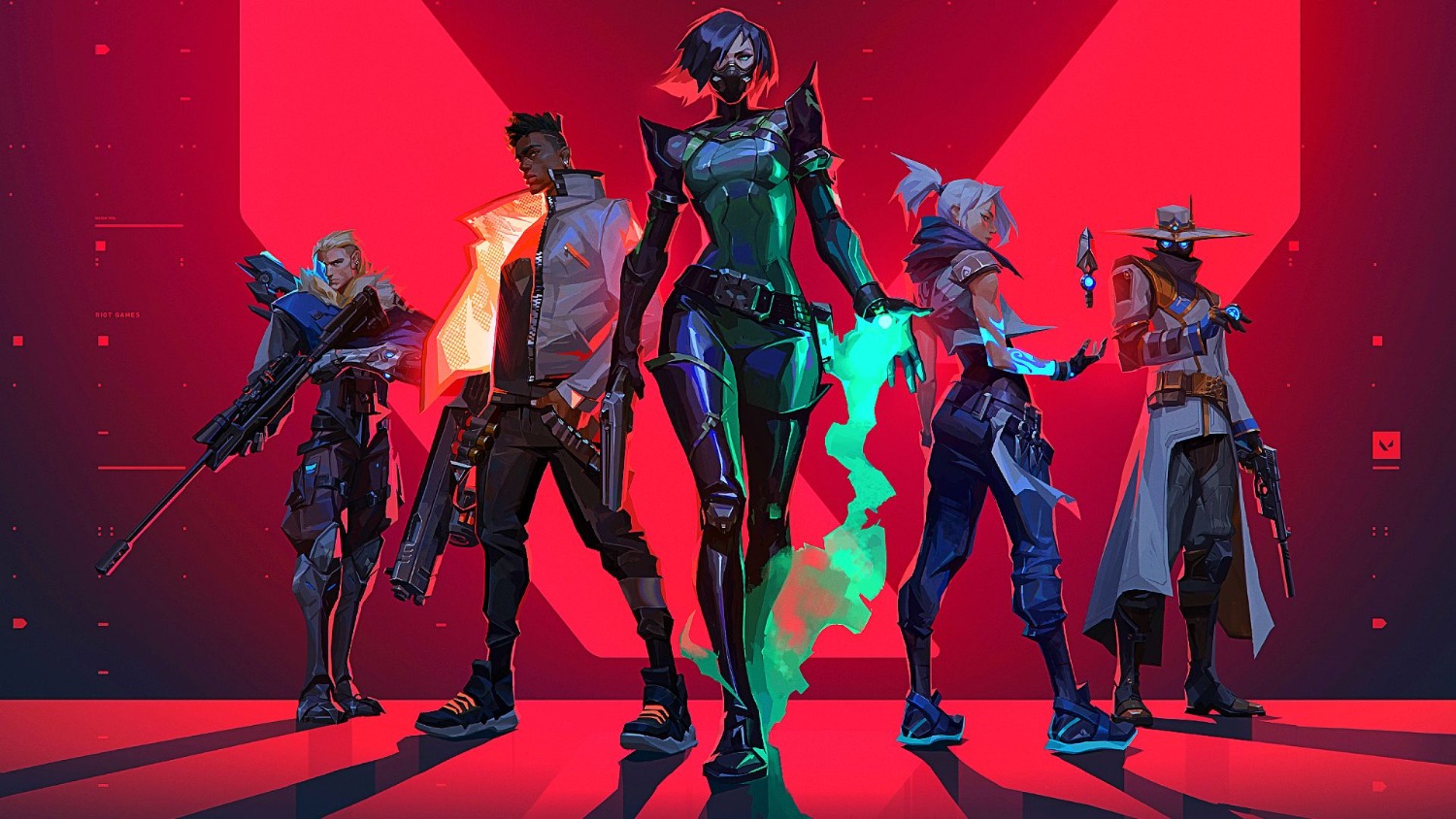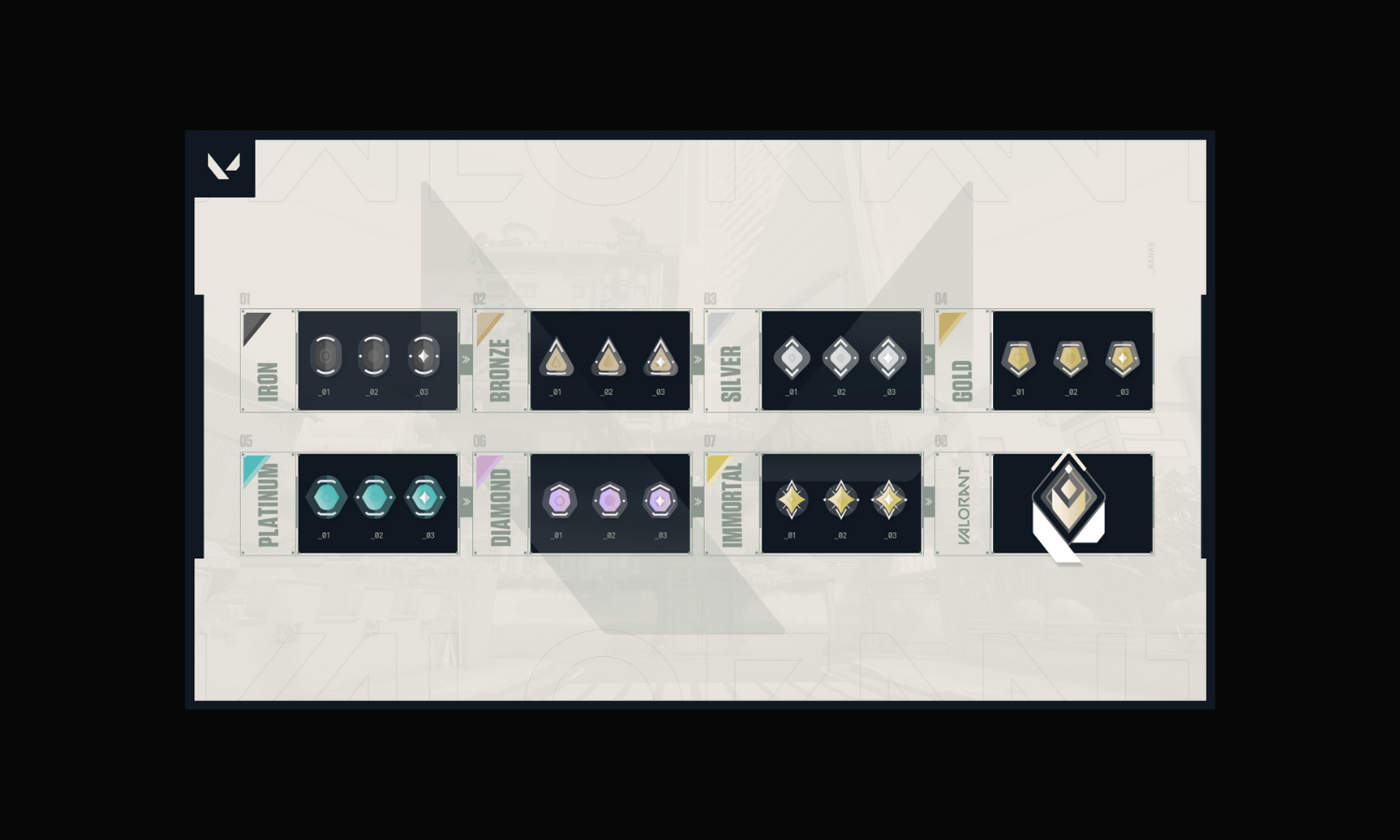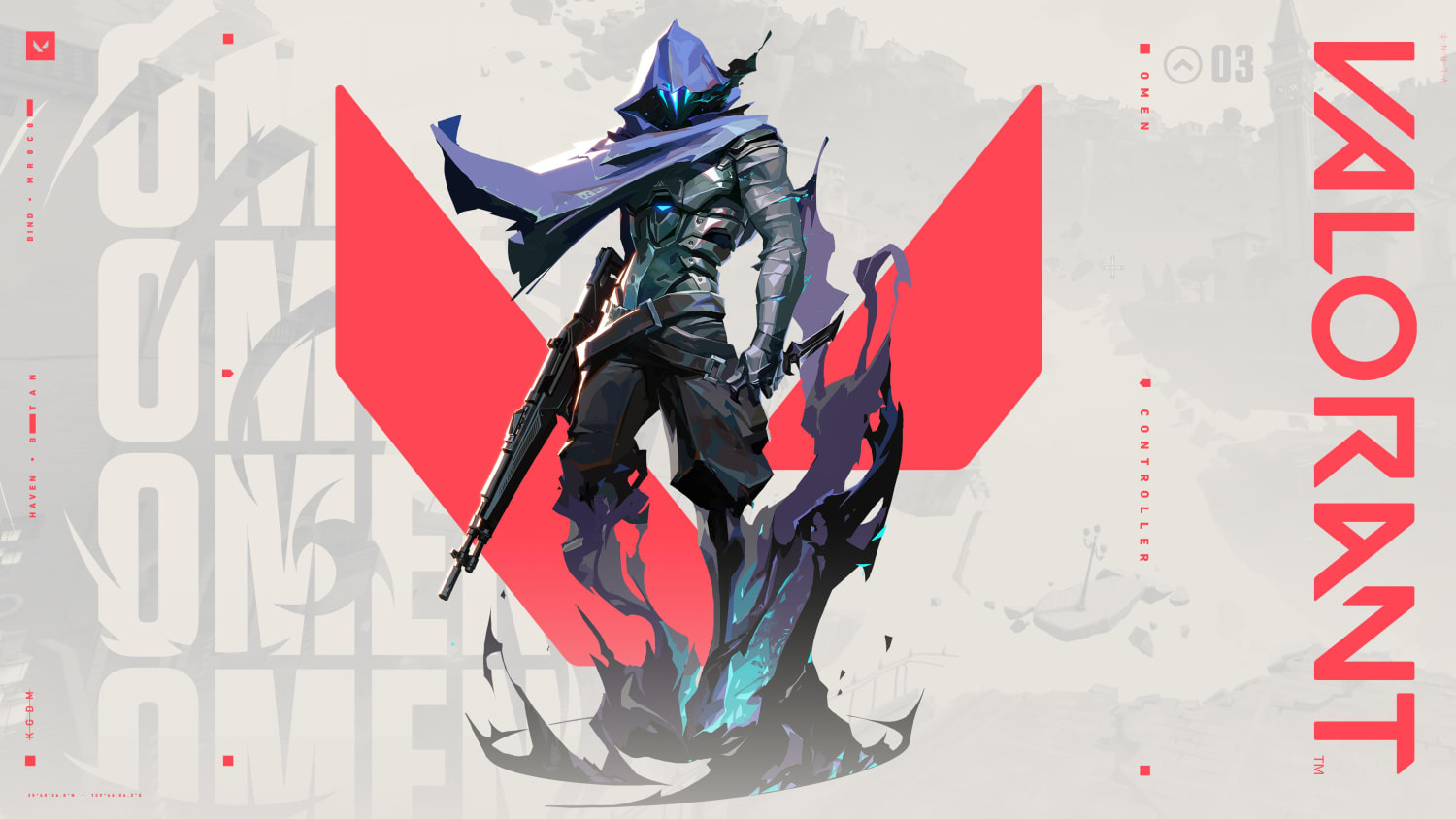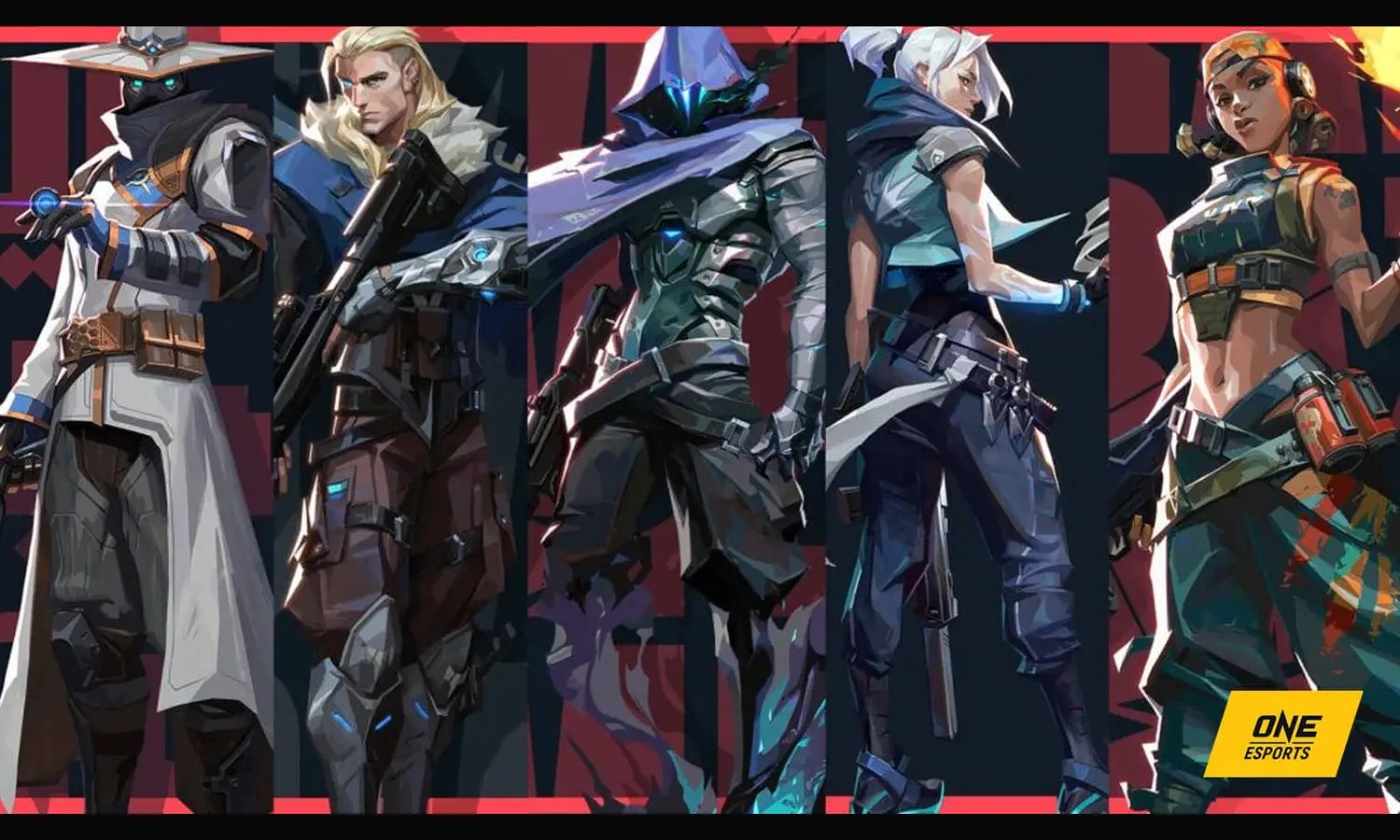Ever wonder what is Elo in Valorant? While slaying enemies and clutching rounds, a number constantly changes based on your performance – your Elo rank. In this article, we’ll explain exactly what Elo is, how it’s calculated, and what you can do to increase your skill tier.
Elo is the ranking system used in Valorant’s competitive mode. A player’s Elo rating represents their skill level and goes up by winning matches or top fragging and decreases by losing. Players are matched against other players close to their own Elo to keep games competitive. To know more about what Elo means in gaming, keep reading.
ELO, or Elo rating, is the number given to each Valorant player based on match history and performance. It’s intended to match similarly skilled players, but the gaming community has mixed views. Some see ELO as an accurate skill rating, while others feel it doesn’t factor in all aspects of play. Rankings can also affect people’s competitive drive and enjoyment of the game. In this article, we will learn more about what exactly is Elo in Valorant.
Table of Contents
Understanding what is ELO in Valorant
ELO, which stands for Elo rating, plays an important but sometimes misunderstood role in Valorant. At its core, ELO is a behind-the-scenes matchmaking rating (MMR) that Riot uses to determine a player’s skill level.
After each competitive game, your ELO goes up or down depending on whether you won and your opponent’s rank. This invisible rating translates to your visible competitive tier and Ranked Rating (RR).
The ELO system aims to create balanced matches by pairing players of similar abilities. Your MMR climbs as you win more games against higher-ranked opponents, and you’ll rank up.
Losses deduct points until you potentially rank down if the rating gets too low. On the surface, this ladder design seems logical for skill-based matchmaking.
However, debates have emerged within the Valorant community around ELO’s effectiveness. It only accounts for wins and losses, not individual performance.
This has led to criticisms like Smurfs easily dominating lower ranks or players getting stuck after win/loss streaks cancel each other out. Some believe factors like your agent choice or playstyle must be properly evaluated.
Solo queue players especially feel the Pain – things outside your control, like AFK teammates, make fair assessment difficult without coordination. The communication advantages of groups add another debated variable.
While not a perfect measure, Riot argues that ELO accomplishes the goal of generating close games between evenly skilled teams when given a large enough sample size.
Ultimately, competitive integrity must also be balanced with enjoyable match experiences. Based on player feedback, the developer will likely continue tweaking things to improve the system.
For now, the best approach is to enhance your gameplay while taking your visible rank with a grain of salt. So this is what is Elo in Valorant.
Player Perspectives on “High ELO”
Within the Valorant community, there seems to be no clear consensus on where “high ELO” begins. Players generally break it down into tiers when labeling skill levels, but cutoffs are debated.
Some categories shared in discussions include:
- Low ELO: Bronze to Gold. Players still need to learn the ropes and inconsistently use basics.
- Medium ELO: Platinum to Low Diamond. Individual skills are developed, but teamwork needs work. Starting to understand meta.
- High ELO: Mid-Diamond and above are the what is the highest Elo in Valorant. Strong understanding of mechanics, economy, rotations, etc. Able to out-aim opponents but may need more flexibility.
However, these are broad generalizations that many disagree on. There is no official designation, after all. Some Plats argue they deserve “high” status due to game sense, while Immortals counter they’re still missing pro-level execution.
Then there are geographical differences – what’s great in one region may be average elsewhere.
Even statistics get messy, as peak versus current rank creates debates. Was that brief Radiant one achievement enough, or do you need to maintain it?
Unrated MMR likewise confuses things. When did high ELO shift from the 99th percentile to the top 0.1%?
We see the discussion as meaningless, aside from self-motivation. True skill transcends arbitrary tiers; focus on consistently improving one aspect at a time rather than comparing.
That said, discussion brings humor as egos clash – you’ll always find plat chat insisting Diamond is their real rank!
Valorant aims to foster enjoyment through challenge. However, players label their levels, and the matches may be close and learning endless no matter the mystifying borders debated online.
Skill will shine through with enough time invested in having fun. So with this, you must have got to know more about what does Elo mean in Valorant.
Percentage-Based Categorization
The percentage-based method of categorizing ELO aims to provide a more objective lens than ambiguous ranked tiers.
Instead of guessing where cutoffs like “high ELO” start, this statistical approach defines brackets based on where players stand within Valorant’s overall population.
The proposed breakdown has Low ELO, making up the bottom 50% of accounts, capturing the spread of most players from Bronze through Plat. This covers the wide range of those still developing mastery of basics.
Next, mid-ELO would encompass the middle 40% from high Plat into low Immortal – those sitting above the average skill level but with room left to grow into more elite play. This middle group has a solid understanding but needs to realize strategy fully.
Finally, the Upper ELO classification ranks the top 10% as the most accomplished group.
Further splitting this, the top 3-5% could be labeled “Very High ELO” as players consistently competing at near-professional levels of mechanics, game sense, and teamwork.
The remaining top 5-10% would be termed “High ELO”. Both tiers signify a notable achievement compared to the majority, with the slightest of gaps still separating unmatched talent from strong amateurs.
Defining ELO brackets through player base percentiles aims to bring more objective clarity than arbitrary rank names that change meaning over time.
Statistics provide context for all players to gauge their standing in the grand Valorant scheme accurately.
Rank-Based Categorization
Among Valorant players, there exist differing viewpoints on how to categorize ELO ratings based on specific ranked tier milestones. A commonly held definition used by many sees Low ELO encompassing placements from Bronze through Gold ranks.
This signifies those still building out fundamental skills and game knowledge. Mid-ELO range is often categorized as Platinum through Low Diamond, indicating a more developed understanding but room for mastery.
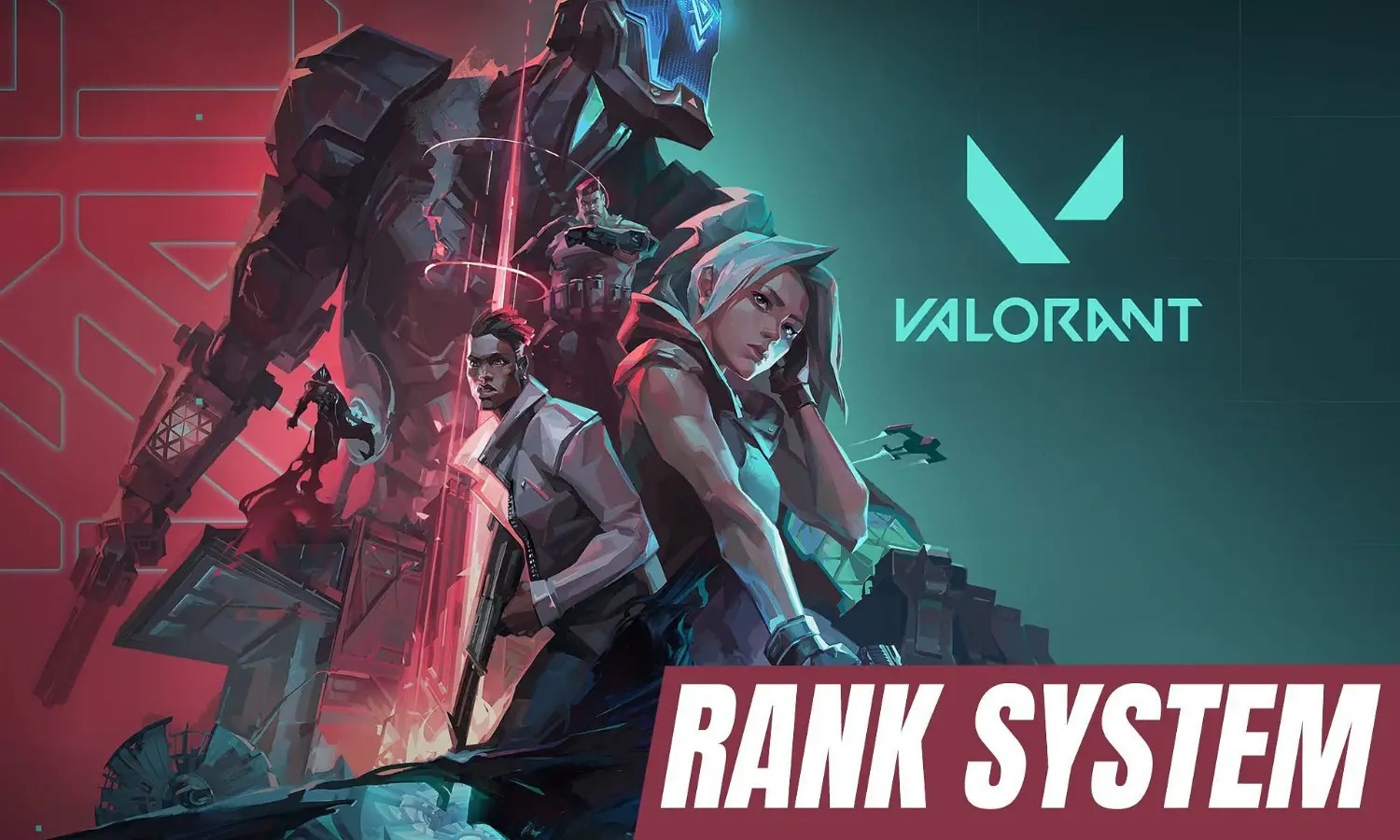 Finally, some define reaching Mid-Diamond and above as the threshold for High ELO, reserved for elite demonstration of mechanics, strategy, and decision-making.
Finally, some define reaching Mid-Diamond and above as the threshold for High ELO, reserved for elite demonstration of mechanics, strategy, and decision-making.
However, others counter that Immortal alone should mark “high” skill, with anything below average. There are variations where Low ELO spans Bronze-Silver, with Gold as the entry point for Mid-level play.
Similarly, hitting Platinum can raise one’s placement to the upper midfield. Factors like alternative Smurf accounts may inaccurately depress or inflate rankings, too.
While no consensus exists, individual milestones provide intrinsic satisfaction independent of external labels. Common profiles emerge within the general spectra described, though flexibility respects diversity in regional metas and pacing of improvement.
Objective metrics paired with rank, like win rates and combat scores over time, can complement rigid tiers for a balanced understanding.
The discussions show players naturally categorize in different yet equally valid ways to find meaning in their competitive experiences.
The Debate Around ELO and Player Skill
Regarding ELO in Valorant and competitive rankings in Valorant, debates will likely always exist within the player community. On a surface level, the ranking system aims to ensure similarly matched games based on win-loss records.
However, addressing all psychological and competitive aspects that impact human performance proves complex.
Many argue that ELO fails to account for the various roles, agents, styles, and circumstances that determine outcomes beyond individual impact.
Solo queue especially feels like a flawed evaluation without coordination of full stacks. These factors understandably influence how some perceive their “true” skill differing from visible ratings.
There’s also a mental component, where rating anxiety, grind fatigue, or tilt from unpredictable teammates can artificially depress scores. The hidden MMR additionally invites speculation about what “deserves” higher placement.
Conversely, those defending ELO point to its role as a long-term, consistent indicator when game sample size grows.
Short-term fluctuations even out, and focusing on self-improvement naturally boosts ratings. They see de-emphasizing results in favour of fluid concepts like “feel” as an excuse for lack of progress.
In reality, both perspectives tackle valid considerations. While not a perfect single measure, ELO enables close matches when combined with other contextual adjustments over time.
Its purpose is competitive fairness through data, not addressing complex social pressures within each individual. There may never be full consensus, so relaxing about ratings helps enjoyment most.
Implications of ELO on Gameplay and Player Interaction
The way players perceive ELO ratings in Valorant has implications for in-game interactions and competitive experiences.
Depending on outlook, ratings could positively or negatively impact aspects like motivation, risk-taking, communication, and morale within matches.
For some, an accurate internalized ELO verifies improvements and pushes limits through confidence in abilities at that rank.
They play with freedom, focusing solely on objectives. However, others insecure about ratings may play too conservatively for fear of mistakes dragging them down.
Similarly, inflated ego from high ratings could breed toxicity if failure is seen as the fault of teammates rather than learning experiences. At the same time, relaxed rating perspectives tend toward constructive mindsets.
These spilled over from rating grind also inform interactions. Players trying to prove an obscured “true rank” may throw games on lost causes instead of cooperating to the end.
At the same time, consistent rating climbers lead by cooperative example regardless of current scorelines.
Even small rating differences within a team can birth strained dynamics if MMR becomes a platform for slights rather than mutual support. However, full stacks tend to avoid this through unified goals.
Competitiveness requires balance. Healthy competition embraces humility in losses and pride in wins, seeing teammates equally rather than solely as rating variables.
With experience, outlooks on ratings could shift from outlets for ego toward motivators for self-driven excellence through teamwork. But individual journeys differ, and enjoyment remains most crucial. So this is all about what is Elo in Valorant.
FAQs
Why can't I see my Elo number?
Riot keeps Elo hidden to reduce competitive stress on numbers. If you focus on self-improvement, your visible rank will accurately reflect your hidden Elo over time.
How long until my rank changes?
Depending on individual performance, it can take 5-10 competitive wins/losses against appropriately rated opponents to increase or decrease one full visible rank tier.
Can I rank up without topping the scoreboard?
Yes, even without MVP games, consistent team play and support can still earn Elo gains through cooperative wins. Individual performance is minor compared to whether your team defeated opponents of equal or higher skill ratings.
How do I rank up faster?
Play competitively consistently to give the system more data to match you accurately. Work on communicative team play and self-improvement in areas like aim, strategy, and clutch scenarios rather than just top fragging.
Conclusion
In the end, don’t stress about your hidden Elo number. With PC Games, focusing on having fun and continually improving your skills in each match is important.
As you learn and win more fights against various opponents, your matchmaking rating will accurately rise to reflect your talent.
Concentrate on enhancing your play – and your rank will follow. We hope this article on what is Elo in Valorant has helped you know everything about it.

